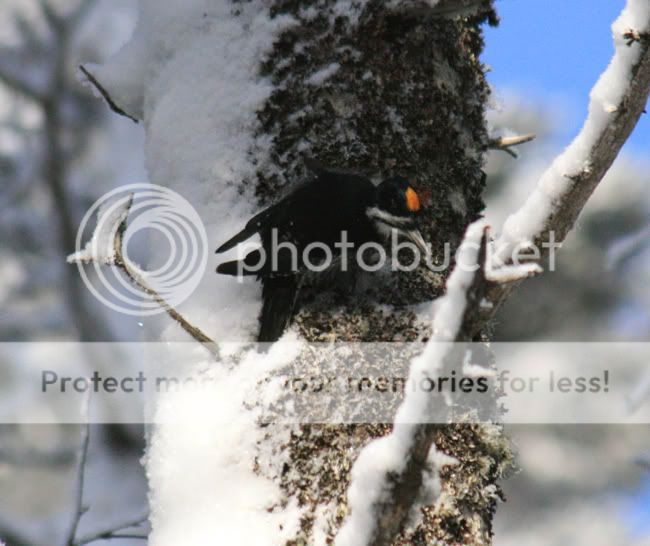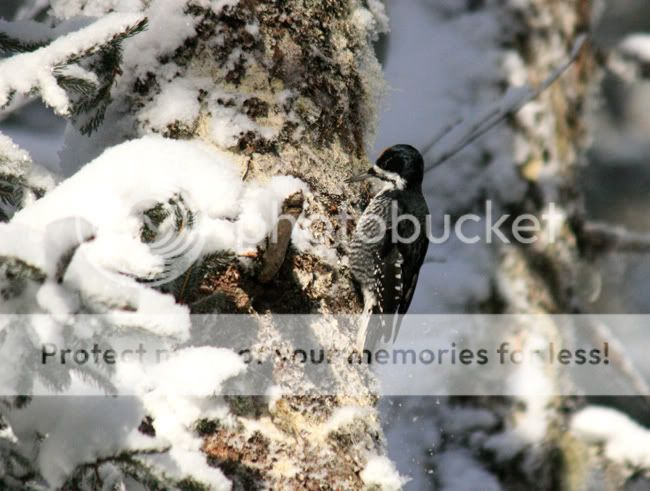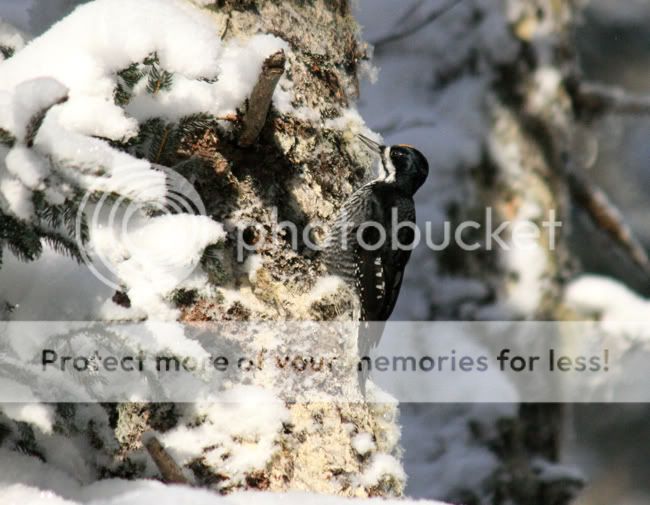forestgnome
New member
This woodpecker was on the trail to Mt. Jackson. Is it an American Three-toed? Male or female? I can link to a higher res image if needed. Thanks for any help.



happy trails



happy trails
